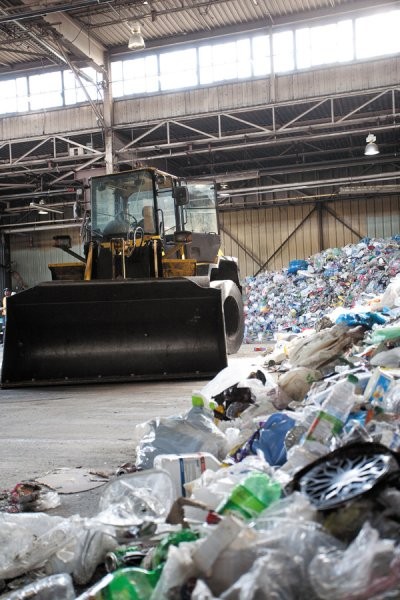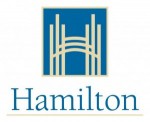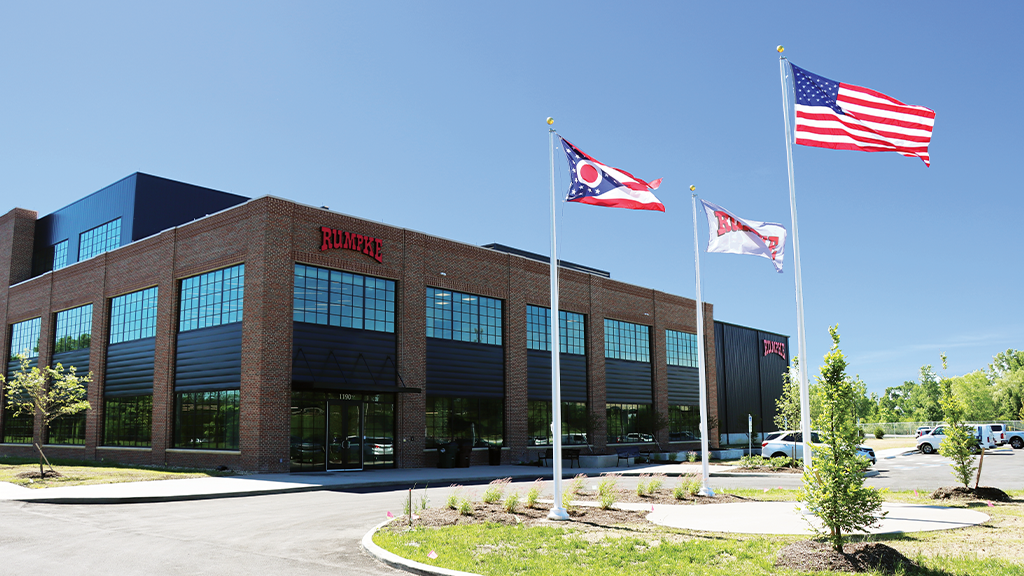Gold the colour of increased diversion
Hamilton’s recycling incentive program — renovated and re-launched

by Dennis Guy, City of Hamilton
In 2001, Hamilton City Council approved a 25-year solid waste management master plan containing 19 strategic recommendations. Each of the 19 recommendations prescribed a strategic approach to reaching 65 percent waste diversion.
One of the recommendations states: “The City of Hamilton must implement, sustain and support a comprehensive public education, awareness and marketing program in all areas of the city outlining the benefits and encouraging participation in waste reduction, re-use, and recycling programs.”
It is out of this recommendation that the city’s award-winning gold box program was born. The gold box program was first launched in 2006 following a city-wide roll-out of a green cart curbside organics collection program. We started by collecting addresses from people who “believed they were good at recycling.
” We then randomly selected addresses each month. We’d go out, pick up their waste, bag-it-and-tag-it, and sort through it. This audit process was done using waste composition study methods. We sorted and weighed everything and then entered the data into a spreadsheet so we could calculate each individual property’s waste diversion rate.
The address with the highest diversion rate each month was considered the “Grand prize winner.” They received a cheque along with their gold boxes. The cheque was in the amount of the average cost per household per year for all waste management services. We added a “recognition” part of the program by presenting the grand prize winners with their cheques at City Council meetings.
After three years of running the gold box program, we accumulated about 3,400 addresses in our database and we handed out gold boxes to about 300 homes. But this was in a city with 165,000 single family homes. Basically, “nobody” even knew what a gold box was. The program was virtually non-existent.
Lessons learned Hamilton is widely spread out over a mix of urban, suburban and rural areas. Thus, the results from randomly drawing addresses had a big influence on how many crews and pick up trucks were needed to do the audits. Depending on which addresses were drawn, the potential was there to reach all 50 addresses in the same day, or the work could end up being evenly distributed out over five days.
Plus, some households didn’t generate enough garbage to put it out every week. That meant we were wasting a lot of time driving around to addresses that didn’t have their waste out. The biggest lesson learned came one day when we were out delivering “loser letters.” These were given to households that weren’t diverting at least 65 percent of their waste. We went to one house and the guy was out in his driveway. We let him know that he didn’t win a gold box because his diversion rate was only 50 percent. He took us around to the side of his house and showed us a neatly arranged row of four blue boxes, his green bin and a garbage bag. We looked through his stuff and concluded that he knew what he was doing. However, in his half a bag of garbage was kitty litter, which is heavy. He lost out with respect to our program because his garbage was heavier than his recyclables, even though he sorted properly.
It made us re-think what exactly we were trying to reward and recognize. We knew we couldn’t judge based on weight even though that’s how waste diversion is measured. A gold box is meant to reward residents for putting waste in the right place, not for having heavy recyclables. This was one flaw which needed to be addressed. Secondly, everyone who heard about the Gold Box program loved the idea of it. But not nearly enough people knew the program existed. We needed to streamline the audit process so we could do more audits and give out more gold boxes.
On the other hand, while the perception among residents of Hamilton was still low and we were working to overcome program barriers, we were being recognized by the industry. In 2007, we won a Marketing Excellence Award from the Solid Waste Association of North America. The third problem was that we felt we needed to make ourselves ineligible to win a gold box, to avoid the possibility of it appearing as if the program was corrupt in some way. Because of this however, we were missing the opportunity to lead by example.
The new-and-improved gold box program In late 2009, we piloted a revised audit procedure to see if we could address and overcome the challenges learned and the flaws we found in our program. We have since adopted the practice of auditing with “visual inspections.
” We judge the capture rate of homes, using two levels of inspection, to see if everything is being put in the right bin. The first thing we do is look for “major” infractions. This list includes things like having more than one bag or can of garbage out, or having non recyclables in the blue box, or having rocks or soil in with yard waste. If we see something that’s on this list, we just keep on walking.
The second thing we do is go through a list of what we call “minor” infractions. These are things like leaving lids on bottles, or having paper bagged instead of loose in the blue box. We realize that people can show excellence without being perfect. We use a “three-strikes-you’re-out” rule, and a gold box can still be won, even if there are one or two minor “infractions.
” We’ve found that with this revised method, a single two-person team is able to find 100 homes worthy of a gold box within about two hours. This has allowed us to increase the visibility of the program, and reward more people who deserve to be rewarded. It has also allowed us to attract more people to the program through electronic media channels, which is a very important aspect of our overall strategy. The whole purpose of using electronic media, for us, is so that we can have a conversation with people – a back-and-forth dialogue – rather than our usual one-way monologue. The advantage then becomes that we can easily track the number of people who are actively listening to us.
Our goal was to attract 2,500 subscribers to our blog at mygoldbox.ca within the first 12 months of the program. We hit over 3,000 in the first eight weeks, and to date (as of March, 2011) we have 5,600 subscribers. We also have 197 followers on Twitter (hamiltonbbman), with 134 tweets so far, and we have 362 friends on Facebook (Blue Box Man).
Next steps Our next steps – or at least next aspirations – take us in one direction: schools. We’ve had numerous requests from schools for gold boxes. The challenge is that we haven’t really sat down and figured out how the “single family home” version of the program could translate to other areas. We have partnered with three schools to work with us as pilot schools. They’ll help us develop a program that will work for schools and the criteria it takes for classes or schools to win a gold box. We’ll also play an active role in a “train-the-trainer” aspect so that we can have some assurance that gold boxes are rewarding proper recycling practices.
As for the curbside program, we are continuing to audit households from our growing list of addresses. We have a target of rewarding 100 households each year, and our goal is to attract as many people into our social networks as possible, so that we can maintain our ongoing conversation.
Company info
77 James St. North
P.O.Box 2040, LCD1
Hamilton, ON
CA, L8R 2K3
Website:
hamilton.ca/index.htm



